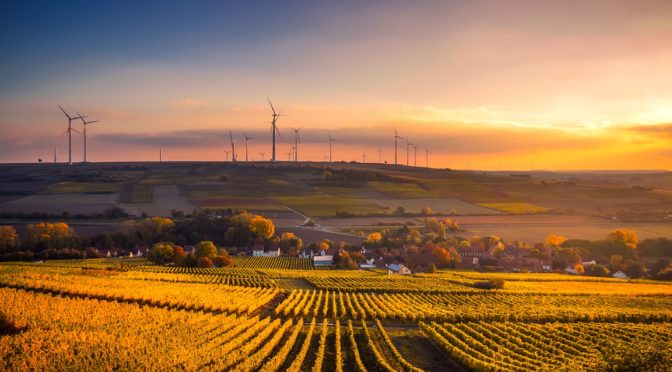In a joint open letter to the German Minister for Economics and Energy, Peter Altmaier, the German Renewable Energies Federation BEE, the German Community Power Association BBE, the German Cooperative and Raiffeisen Confederation DGRV and the World Wind Energy Association WWEA requested from the German government to recognise the importance of community power and include it as a key measure to ensure public support to wind power development.
Honorable Minister,
We welcome the fact that after the national wind summit you presented a task list in which you addressed the steps which need to be taken in order to accelerate wind power deployment again.
In the first place, three measure to raise acceptance are listed – distance regulations, needs-based night marking and property tax rates. The latter has recently been deleted by the Bundesrat. Hopefully, the needs-based night marking will be implemented at short notice. It is true that the success of the energy transition largely depends on the support of the local population.
It is therefore regrettable that the most important instrument in our eyes is not mentioned among the acceptance measures, namely community power. This is all the more regrettable since the parliament has just adopted the climate programme which explicitly specifies that local community power has to be strengthend. In our view, in particular a local majority participation, e.g. through energy cooperatives, and other measures to maximise regional added value go hand in hand with high approval rates of wind farms.
For three decades, citizens, e.g. in local energy cooperatives, have been promoting the energy transition, by initiating and installing individual wind turbines and later also larger wind farms. Feed-in legislation, privileges in the federal building code and the renewable energy act EEG provided the legal framework for citizens to make the energy transition practically possible, by taking entrepreneurial risk at an early stage and generating innovation. Even today you can convince of countless wind projects that without major conflicts massive investments were made in renewable energy and thus in the future of the respective community and ultimately into the future of our country, often even primarily supported by voluntary work.
In the meantime, there are also a number of scientific studies that not only very well show the socioeconomic advantages of community energy and the associated high regional added value, but also confirm a very clear connection between community wind and local acceptance.
We therefore ask you to include community energy projects, e.g. in form of energy cooperatives, and high regional added value as the most important measures to ensure public support in the task list, and to plan the corresponding political measures. It would be necessary to take advantage of the opportunities which the European Union opens up for community energy. CDU, SPD and Bündnis90/Die Grünen have just agreed on this for the coalition agreement in the state of Saxony.
Flat-rate distance rules are clearly counterproductive, as they create additional uncertainty, especially among local community energy investors and thus withdraw available projects and sites from the market. Local actors always strive to minimize potential impairments in their own environment. As before, distance rules should therefore be derived from the relevant legal emission protection regulations. Otherwise they are unsuitable as a measure for more acceptance, since no positive correlation can be identified.
We would be pleased if we had the opportunity to discuss with you at a national community energy summit on how to strengthen community energy in wind power and beyond, in addition to our above mentioned and attached proposals for an appropriate community energy definition and for the implementation of EU energy law.
With kind regards
DGRV – Deutscher Genossenschafts- und Raiffeisenverband
Bundesverband Erneuerbare Energie BEEBündnis Bürgerenergie BBE


